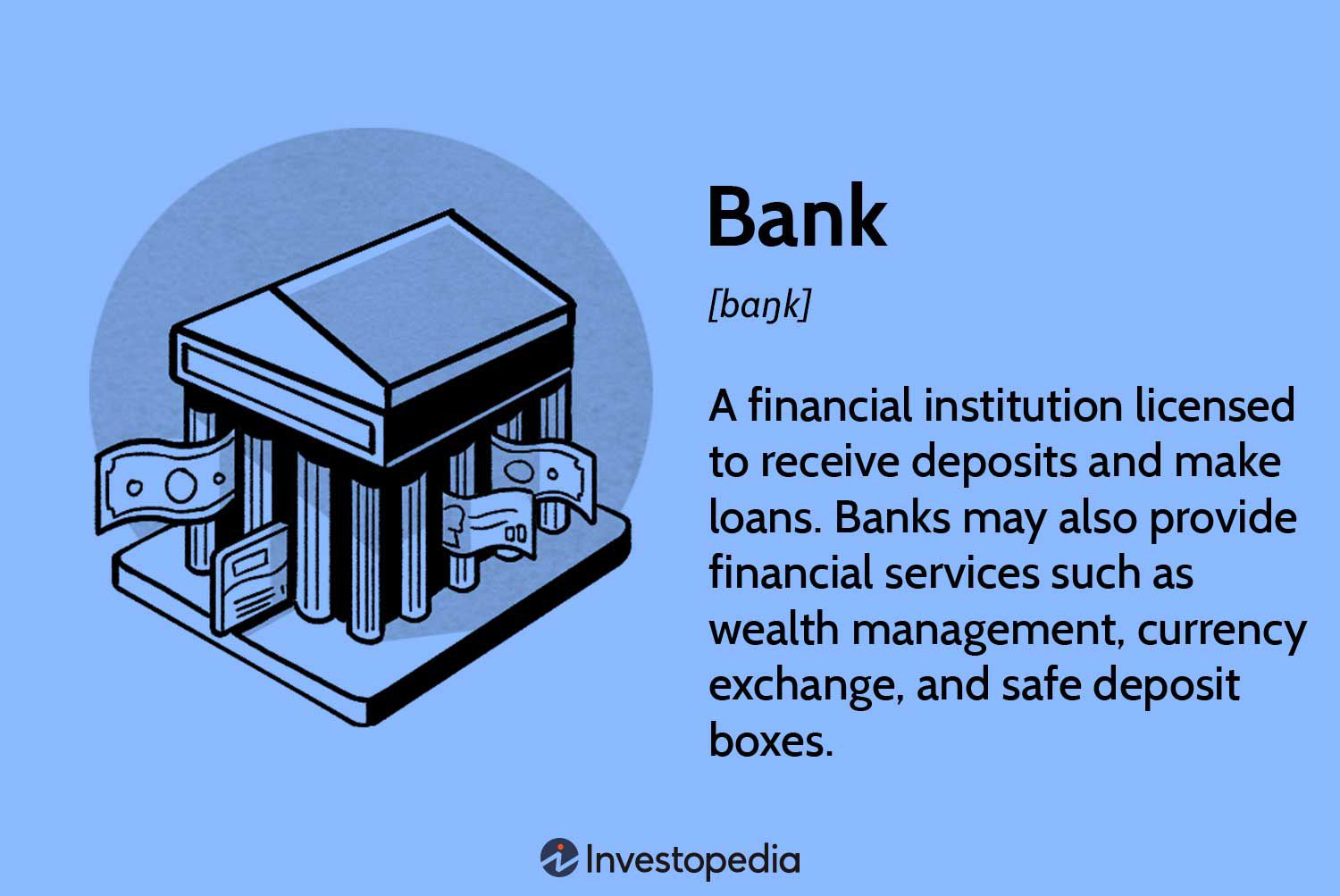According to most recent data, more than 70 percent of the population of the Philippines remains unbanked—or those that do not yet have an account with a bank or formal financial institution.
In the Philippines, banks are classified into three main categories: rural and cooperative banks, thrift or savings banks, and universal or commercial banks.
But how different is one from the other?
To find the answer, we have to turn to the absolute authority on banks and other financial institutions in the country—the Bangko Sentral ng Pilpinas (BSP).
The BSP says the Philippine banking system is composed of universal and commercial banks, thrift banks, rural and cooperative banks.
Universal and commercial banks offer the widest variety of banking services among financial institutions. In addition to the function of an ordinary commercial bank, universal banks are also “authorized to engage in underwriting and other functions of investment houses, and to invest in equities of non-allied undertakings.”
They also represent the largest single group, resource-wise, of financial institutions in the country.
According to the BSP, these are the largest universal and commercail banks in the country by total assets as of December 2019:





